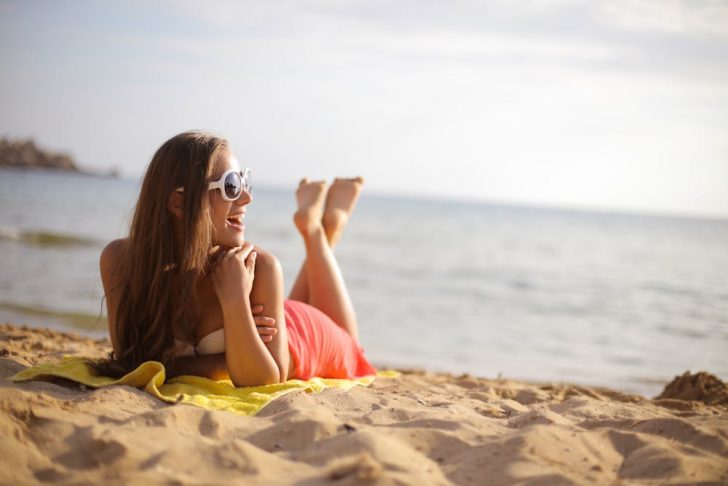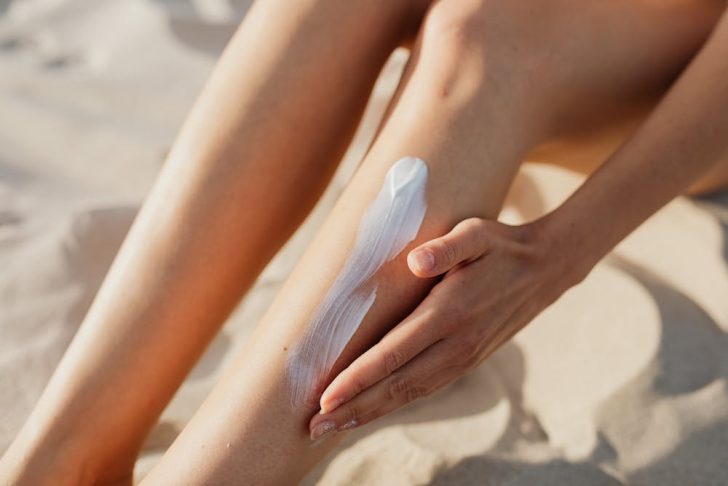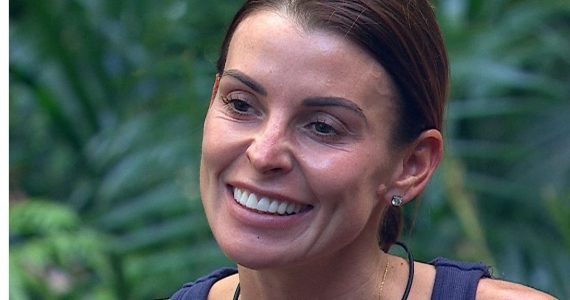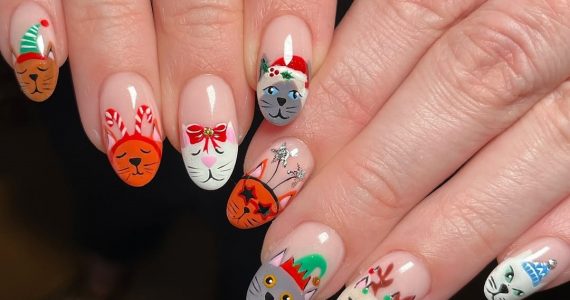Understanding what UV is good for tanning is essential to achieve a sun-kissed glow while minimizing skin damage. Ultraviolet (UV) rays emitted by the Sun play a vital role in our health by stimulating vitamin D production. However, balancing UV exposure is crucial because excessive exposure can cause severe skin damage and increase the risk of cancer.
What Is the UV Index and Why Does It Matter?
The UV Index (UVI) is a global standard for measuring UV radiation levels. It ranges from zero to over 10, with higher numbers indicating greater risks to skin and eyes. UV levels peak during the four hours around solar noon, making late mornings to early afternoons the most hazardous. Even on cloudy days, UV radiation can penetrate thin clouds, posing a risk of sunburn.
Moderate UV levels, between 3 and 5, can allow for short periods of sun exposure, but precautions like sunscreen and protective clothing are still essential. High UV levels, above 6, demand extra caution, as unprotected exposure can lead to burns and accelerate skin aging.

What UV Is Good for Tanning?
Tanning occurs when UV rays stimulate melanin production in the skin. Both UVA and UVB rays contribute, but their effects differ. UVA rays penetrate deeper layers of the skin, darkening existing melanin, while UVB rays stimulate new melanin production. Controlled exposure to UVB at moderate levels (around 3 to 5 on the UV Index) is considered sufficient for tanning while minimizing harm.
Despite the desire for a tan, dermatologists caution that any UV exposure can damage skin cells, increasing the risk of skin cancer. Limiting exposure to brief intervals and avoiding peak UV hours for those intent on tanning can help reduce risks.
How UV Levels Differ by Location
Geographical location plays a significant role in UV intensity. Areas closer to the equator experience consistently high UV levels year-round. For example, Nairobi, Kenya, often records UV levels above 10, while regions like the Falkland Islands rarely exceed a UVI of 5, even in summer.
Seasonal variations also affect UV exposure. In countries like the UK, UV levels peak between late spring and summer, with midday sun posing the greatest risk. Monitoring local UV forecasts can help individuals plan safe sun exposure.
Why UV Exposure Requires Caution
While UV rays facilitate vitamin D production, prolonged exposure damages skin cells by breaking down collagen and elastin fibers, leading to wrinkles and premature aging. More concerning is the link between UV exposure and skin cancer. Each sunburn increases the risk of developing melanoma, one of the most aggressive forms of skin cancer.
UV radiation also affects the eyes, contributing to conditions like cataracts, and can suppress the immune system, leaving the body more vulnerable to certain illnesses. These risks underscore the importance of protecting the skin and eyes during any UV exposure.
Can Tanning Be Safe?
According to dermatologists, there is no truly safe way to tan under natural sunlight. Even brief sun exposure can trigger damage at the cellular level. Self-tanning products are a safer alternative, offering the aesthetic benefits of a tan without UV-related risks.
If natural tanning is pursued, avoiding peak UV hours and using broad-spectrum sunscreen with a high SPF is critical. Protective measures, such as wearing hats and sunglasses, further minimize harm. However, relying on UV exposure for tanning should always be approached with caution.

UV Protection for All Skin Tones
Many people mistakenly believe darker skin tones are immune to UV damage. While higher melanin levels provide some natural protection, they do not eliminate the risk of skin cancer or UV-related damage. Individuals with darker skin tones are still vulnerable to eye damage, immune suppression, and premature aging caused by UV rays.
Sunscreen use and protective measures are essential for everyone, regardless of skin color. Applying sunscreen to commonly missed areas, like the sides of the nose and temples, ensures more effective protection.




